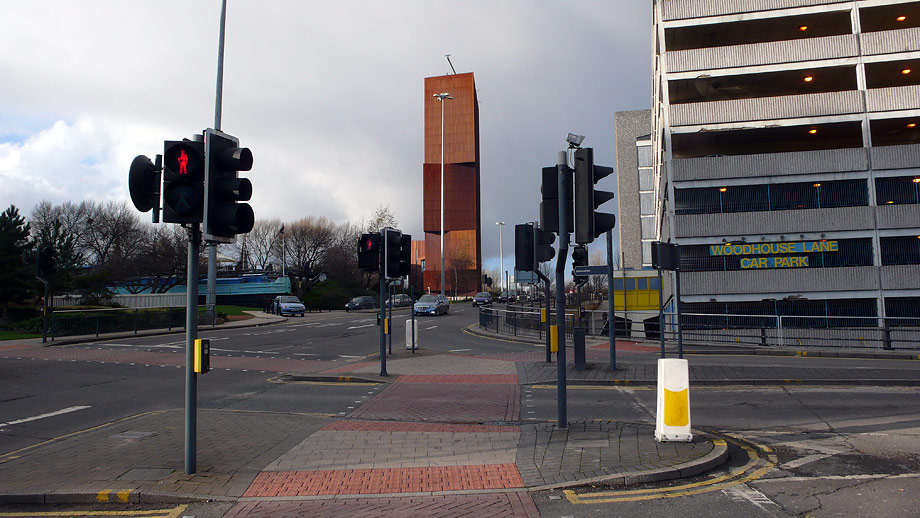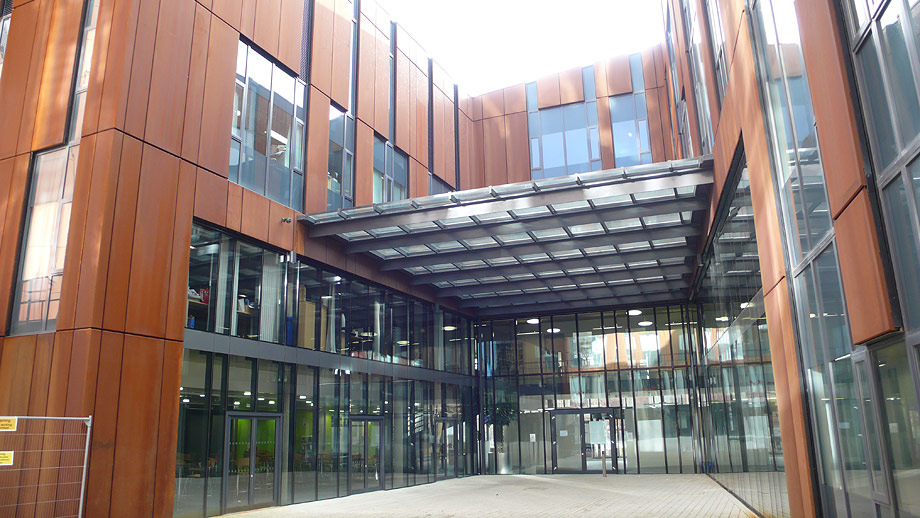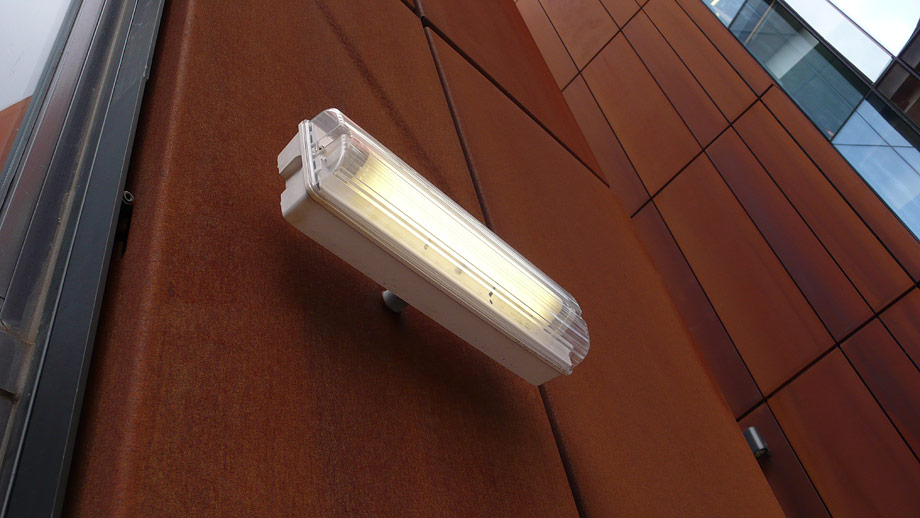Rustic Projections
The first thing I want to offer, right up front, is an excuse of sorts for the photos which follow. Really, I was powerless: the weather just conspired to be completely awesome that day. Back in February I took a stroll around Broadcasting Place in Leeds with my brother-in-law, and the forbidding canopy of clouds hanging just above our heads gradually parted allowing a burst of low winter sun to illuminate proceedings in a manner common to Professional Architectural Photography, but scarce in every day life.
We approached Broadcasting Place from the south, crossing over the trench of the A58 via a broad footbridge which boasted some epic puddles the like of which I haven’t seen for years: really huge expanses of water showing signs of developing their own weather systems. It was like crossing the moat of a castle, where, due to some epic bureaucratic balls-up, water had been allowed to flow through the point of entry, rather than in a defensive channel.
Our trajectory is important to note, since it afforded us with a head on view of the building’s iconographic twenty-three floor tower, which has been skewed into five jutting sections. As with the rest of the development, it is coated from top to bottom with pre-rusted Cor-Ten steel panels, which have turned a rich reddish ocre since their installation.
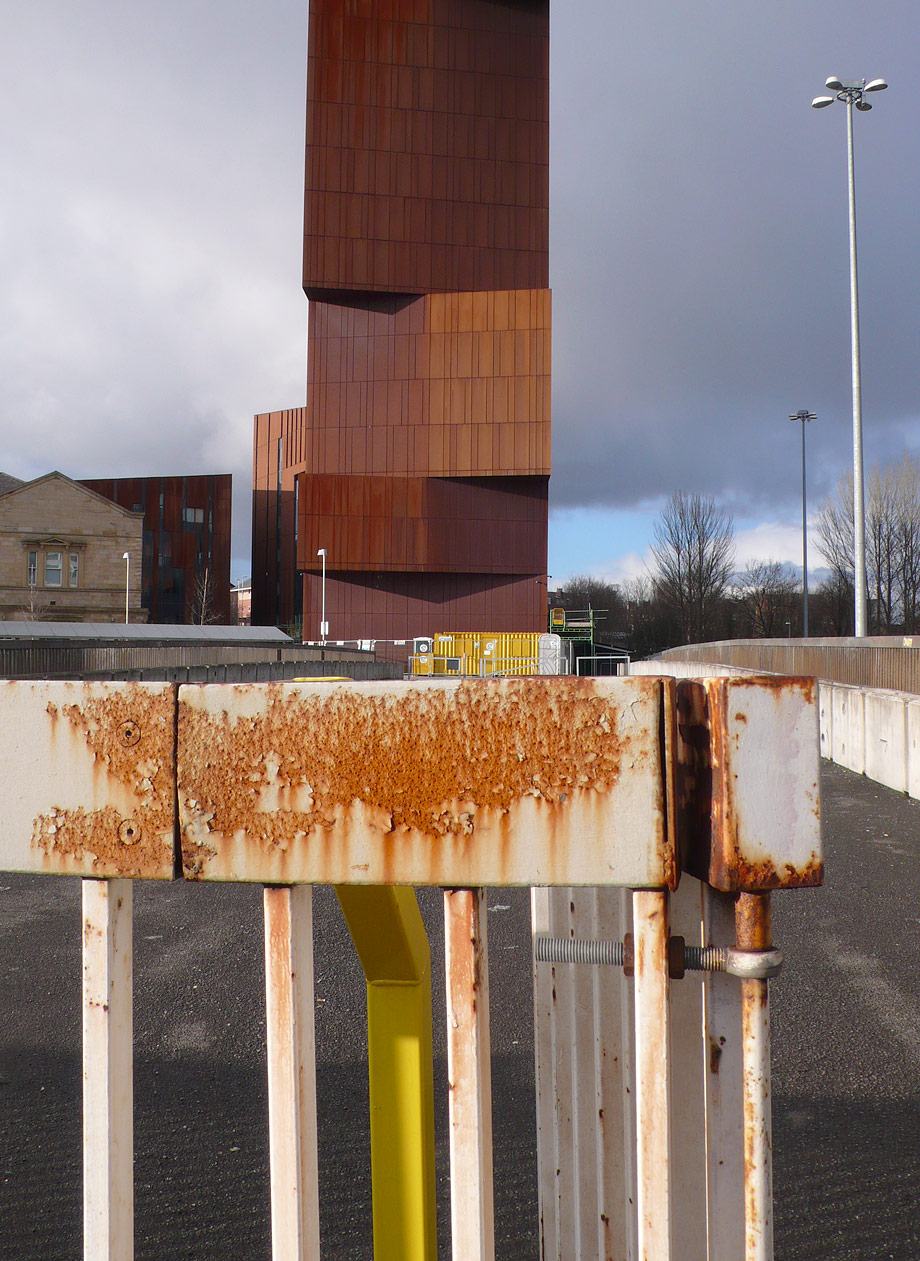
Allow me to digress: a while back I was listening to a BBC radio program, the topic of which I’ve meanwhile completely forgotton, but a detail has stuck in my mind and is vaguely relevant here. It concerned the role that oxygen plays in the ageing process, in particular the involvment of reactive free-radicals in cell degeneration. The interviewee underlined the paradox that living organisms are reliant upon oxygen to live, but that ageing is nothing more than a symptom of long-term oxygen poisoning.
The architects, Feilden Clegg Bradley Studios, explain that the use of pre-rusted panels was inspired by the surrounding geography, and that the patterning of the windows were concevied as a cascading waterfall. But I’m beginning also to see some kind of sweeping economic analogy alluding to the corrosion of Northern England’s industrial base, and its replacement by the financial service sector. Leeds’ canal-side millhouses aren’t rusting anymore, they’ve been converted into luxury lofts for a town facing £15 million of budget cuts. Meanwhile rust has been turned into a medium for housing students across the road from the pastorially named concrete hulk that is Woodhouse Lane Car Park, which has been retro-fitted with nets to catch would-be suicide candidates.
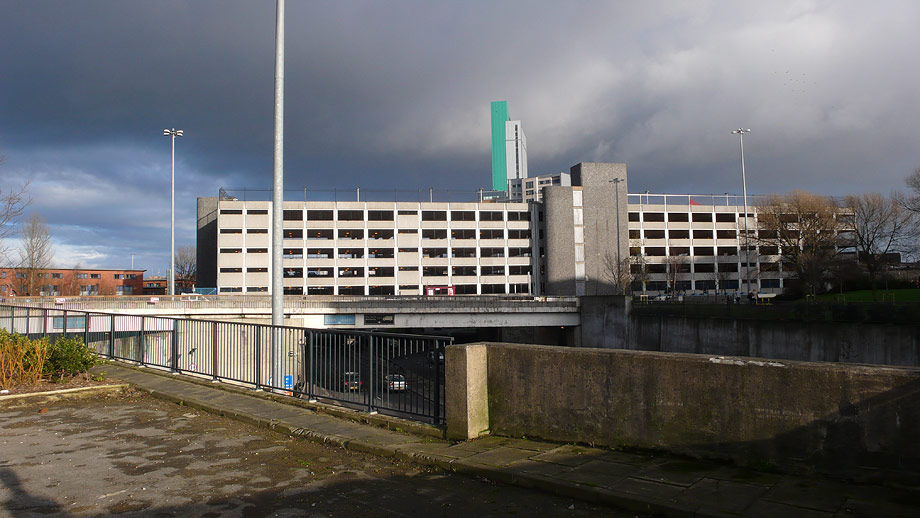
There’s a deep sense here of something earthy and primitive. The whole site makes me want to strap on some headphones and listen to Sun O))). A big rusty nail poking out of the ground, adjacscent to a highway dug deep into the ground like a gash in the skin. Associated with tetanus, rusty nails are not the cause of the disease, but their jagged surfaces make a great home for the Clostridium tetani bacteria which do. And the taught rigidity of Broadcasting Place, caught mid-spasm, wrapping itself around Blenheim Baptist Church and the Old Broadcasting House, resembles the painful contortions of a tetanus sufferer.
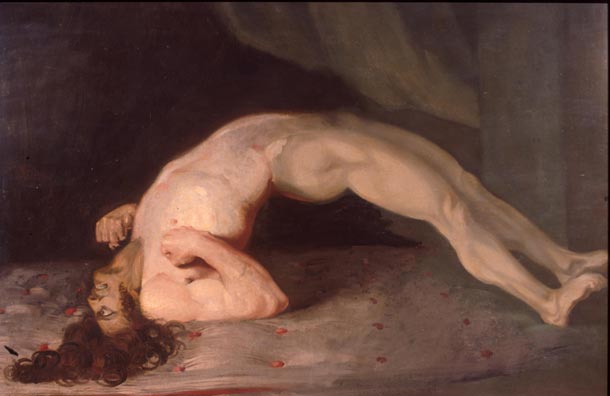
But in the midst of all this very worthy, unabashed angularity, I’m kind of tickled to find traces of the humdrum in some of the detailing. A canopy opening out onto the central courtyard looks tawdry: like a remnant from late 1980s municipal leisure pool architecture.
However, the emergency lighting in the courtyard, has a plasticky, off-the-shelf cheapness that I kind of dig in the context of this post-industrial hurt-zone. It’s an honest bit of pragmatism that pulls the rest of the ensemble into line: as though reassuring the onlooker that there’s nothing particularly special going on here: just a genuinely good piece of architecture going about its job, its posturing nothing more than well-dressed efficiency.
In 2010, the Council on Tall Buildings and Urban Habitat voted Broadcasting Place as its Best Tall Building Overall in its annual awards program, beating the Burj Khalifa in its own innaugeration year.
